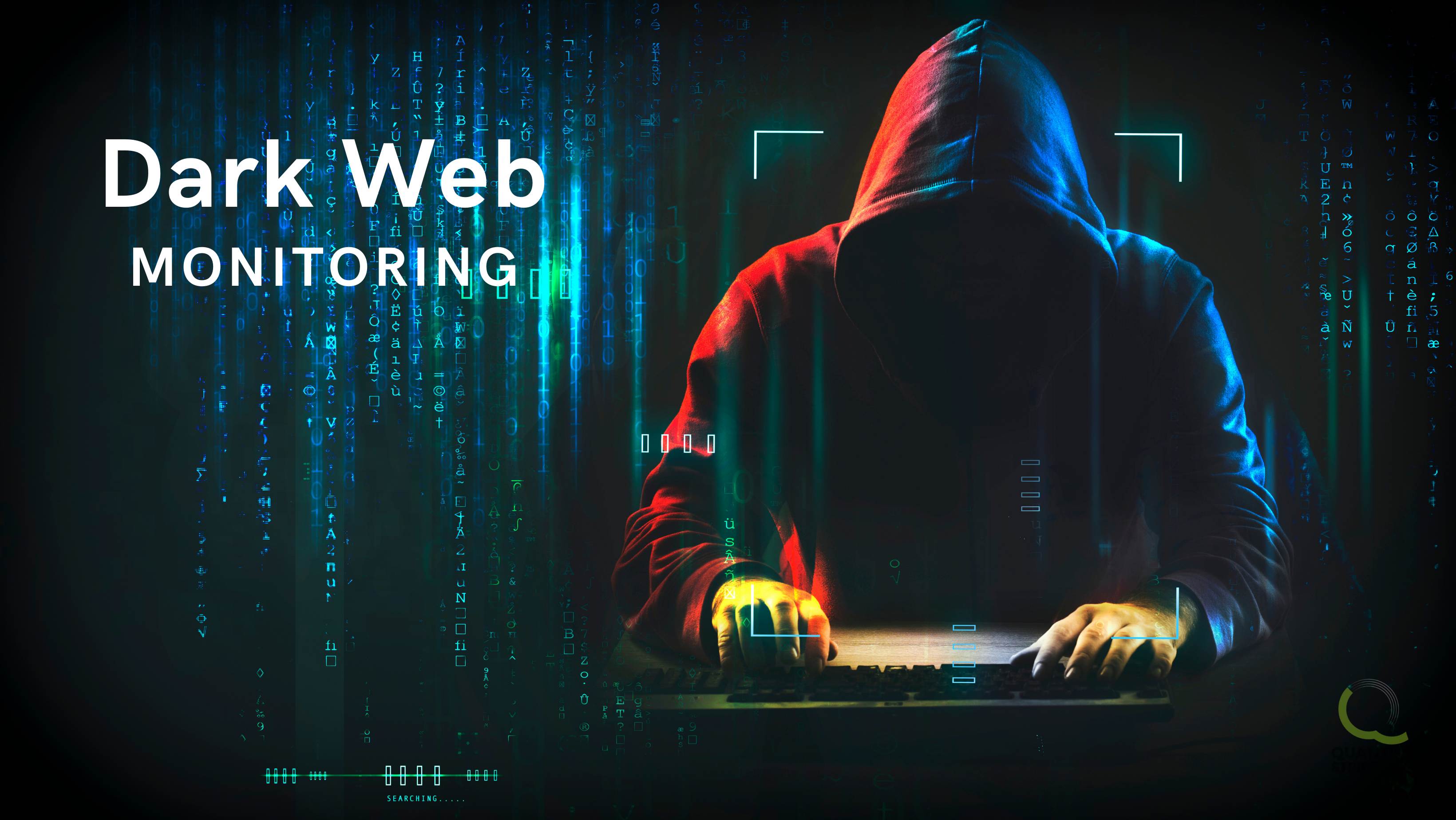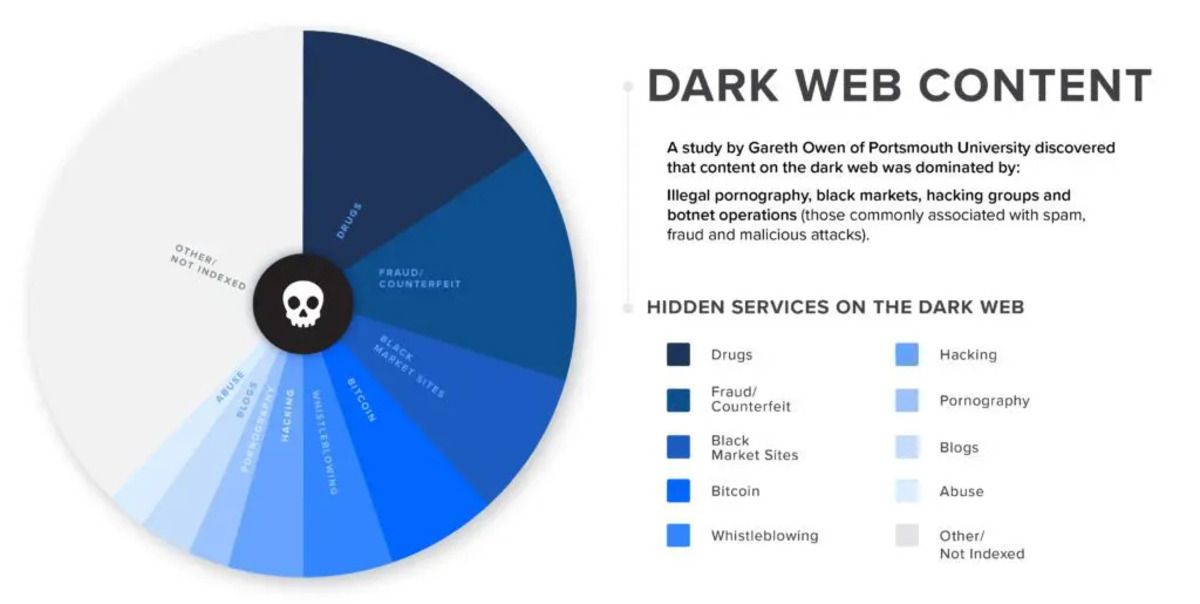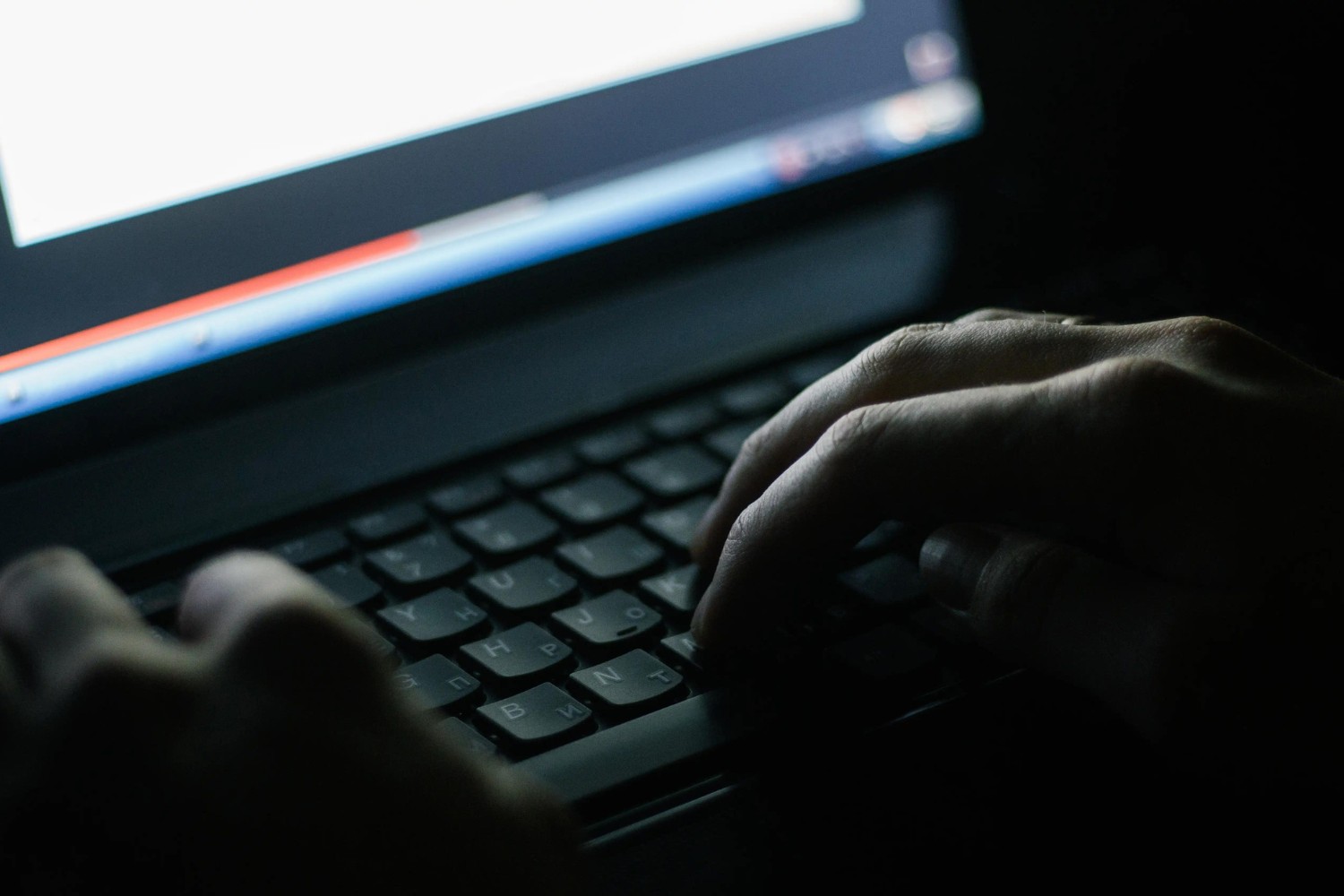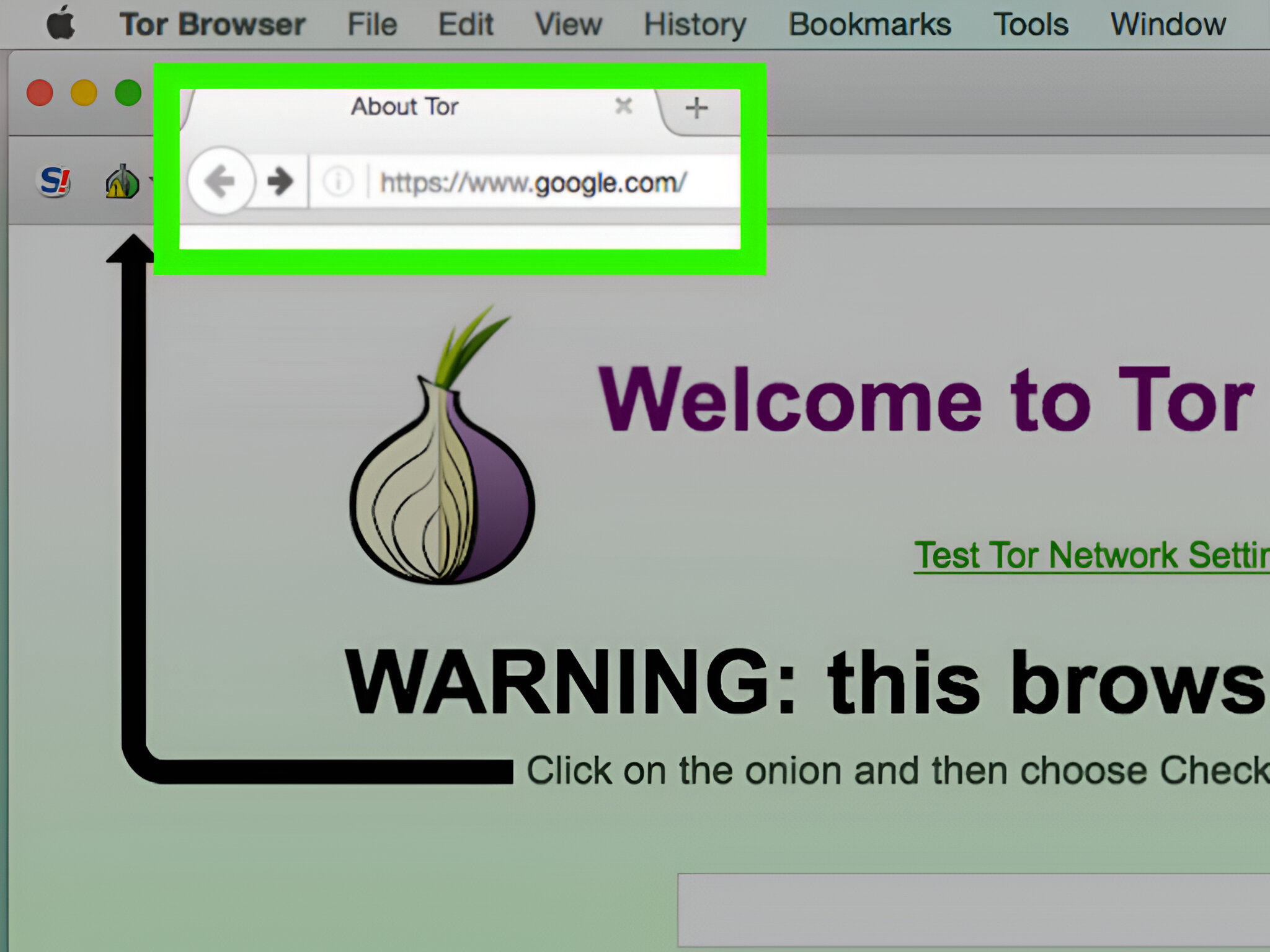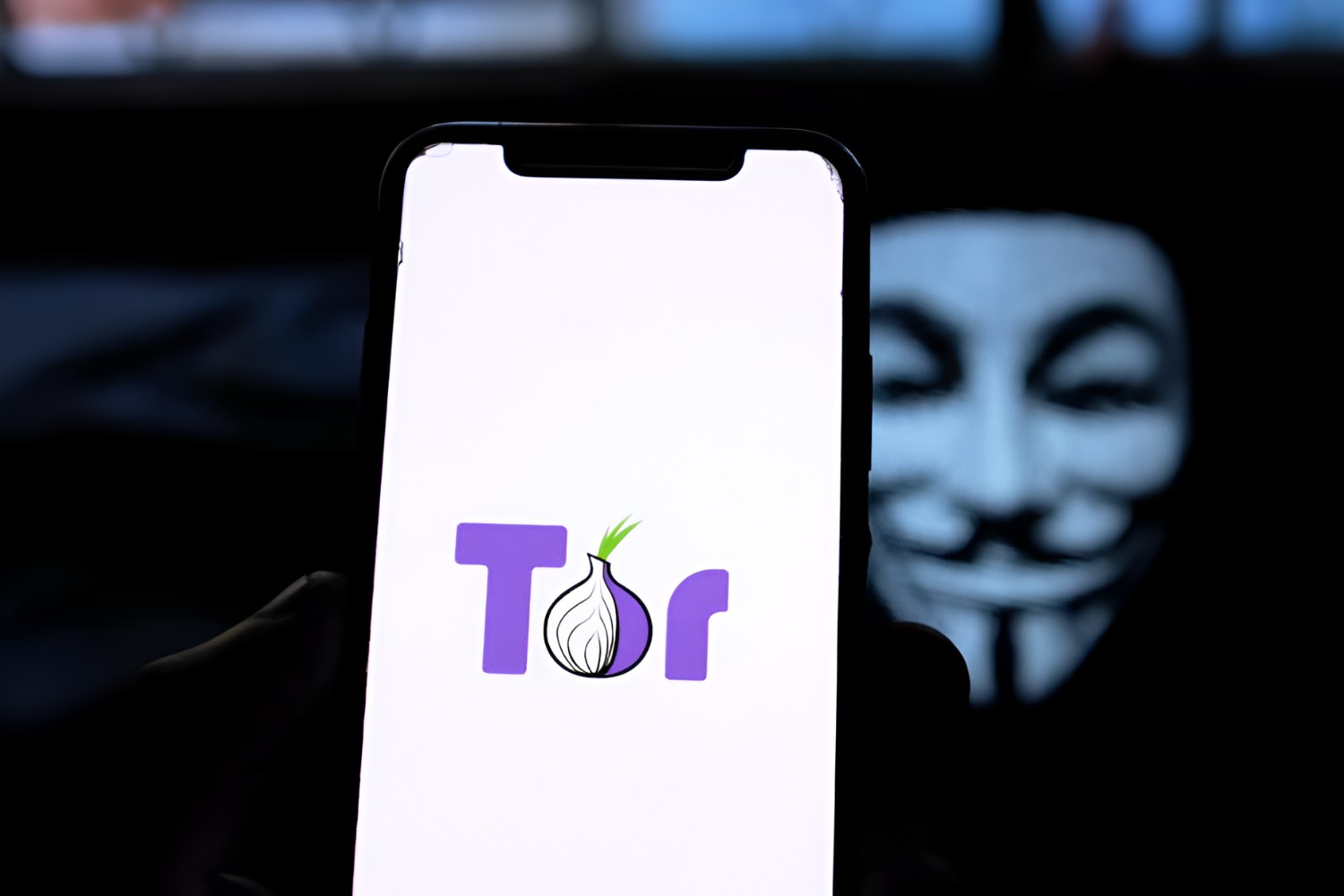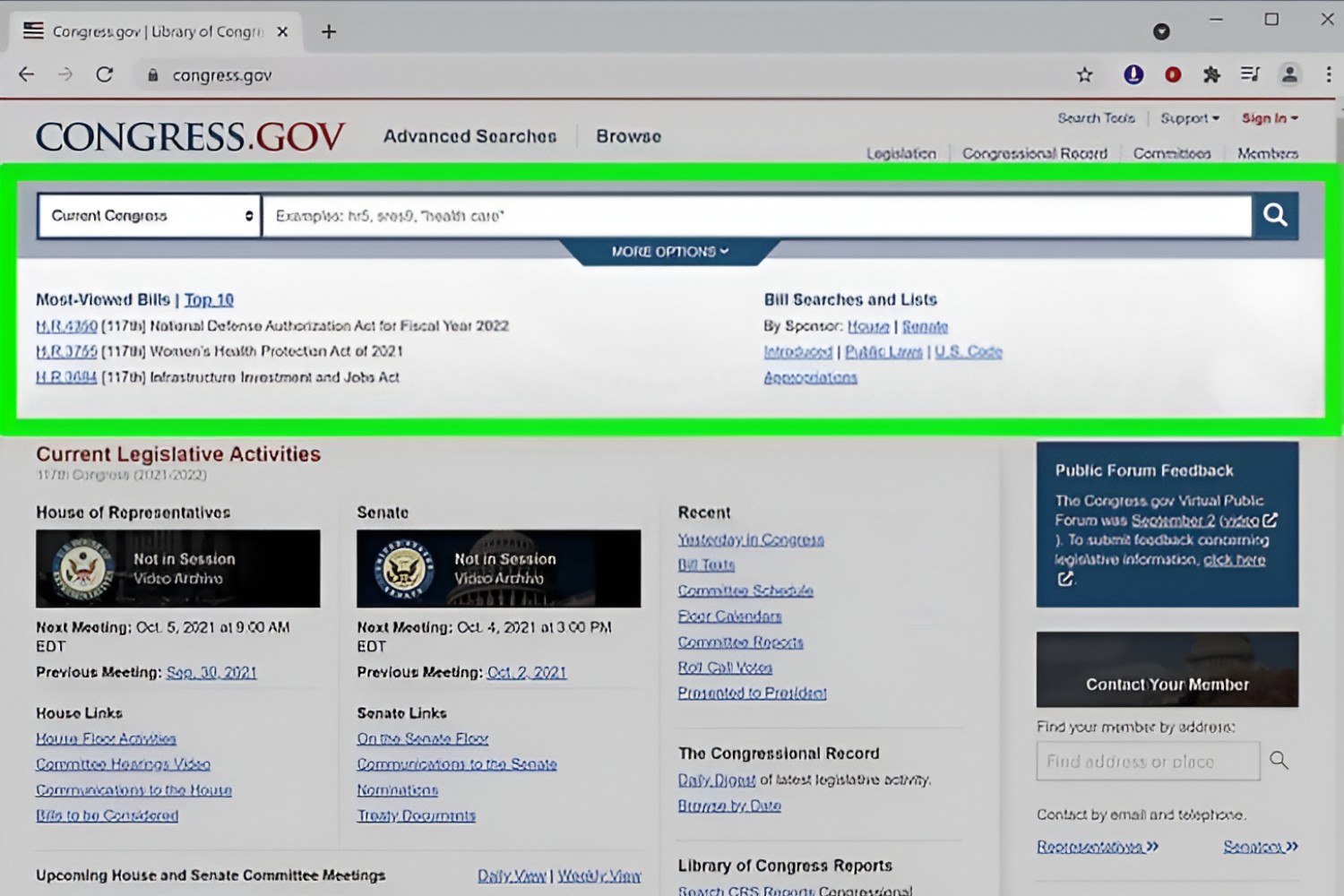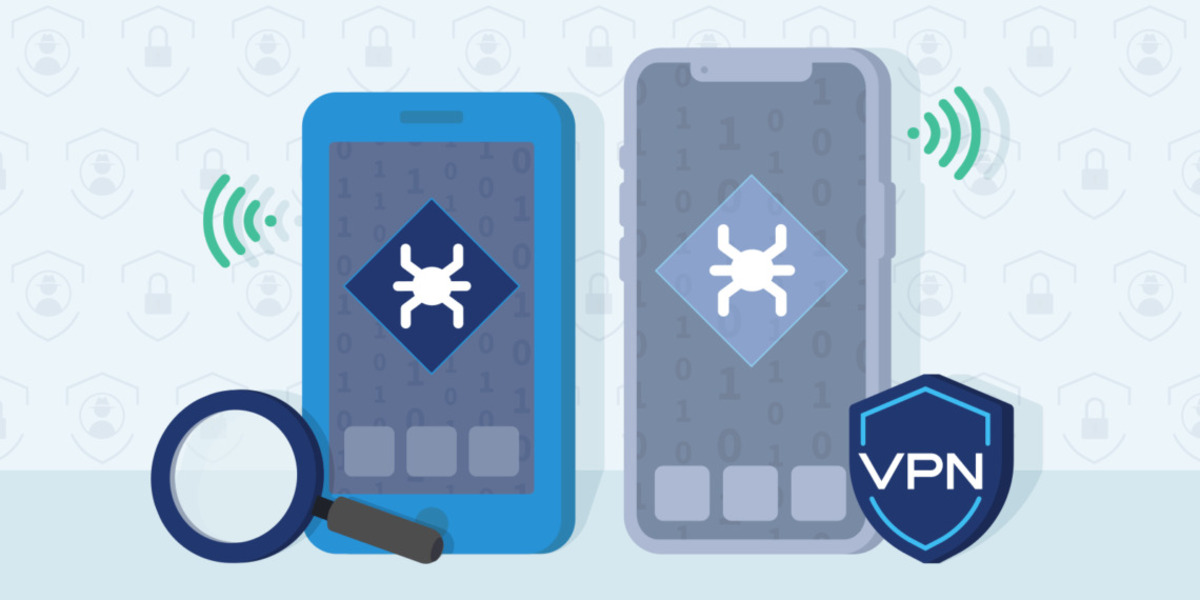The dark web is a vast and mysterious space that lies deep underneath the internet as we know it. On the good side, the dark web can provide anonymous and highly secure communication channels for privacy-conscious individuals who want to maintain their anonymity online. But on the other side of the coin, the dark web can be a hotbed for criminal commerce. Cybercrime is a digital cornerstone for the dark web, and this industry thrives on hacking services and the sale of stolen data. But what exactly is the dark web, and how can my personal information end up on this mysterious platform?
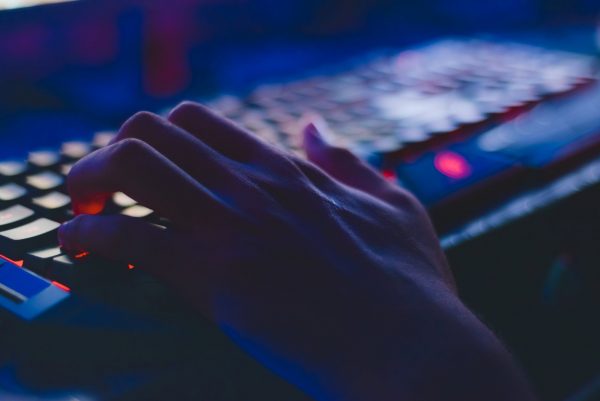

What is the Dark Web?
The Good and the Bad Side of the Dark Web
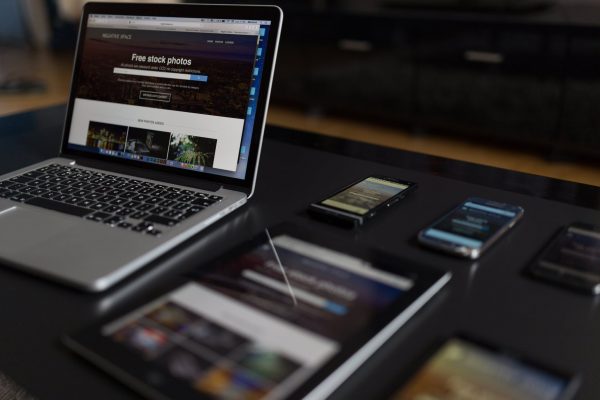

The Positive Side


The Dark Side
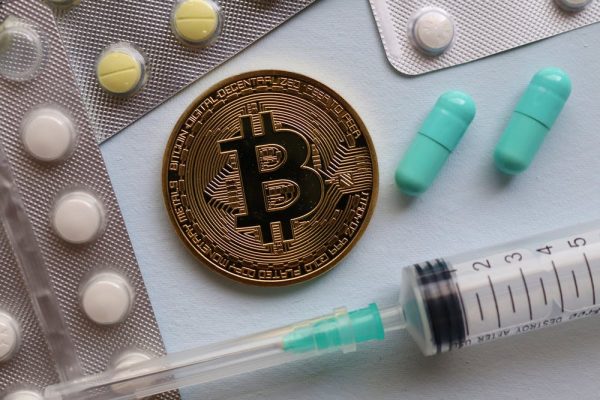

How Can My Personal Data End up on the Dark Web?


What Are Notable Examples of Big Data Leaks?
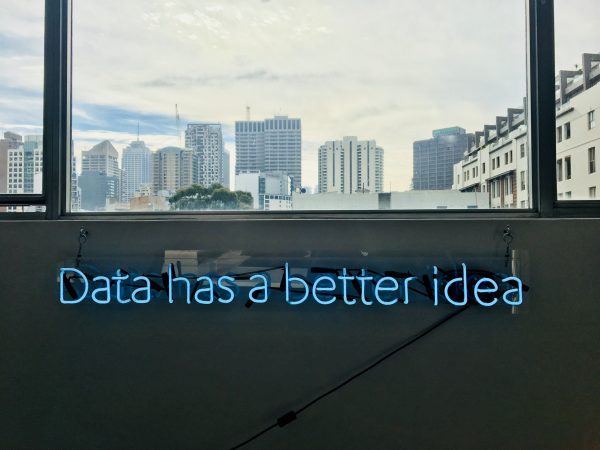

Is Law Enforcement Active on the Dark Web?
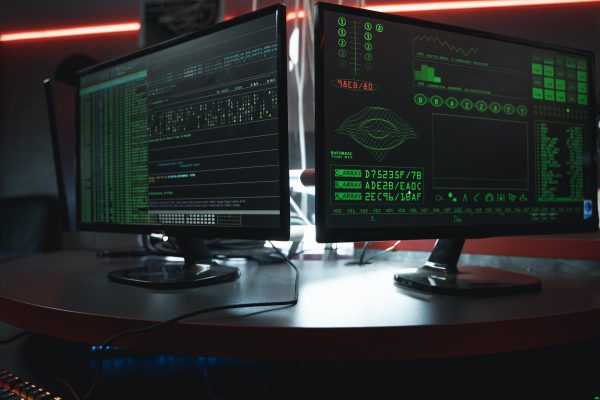

Here is an interesting fact about the dark web. The anonymized Tor network on which the dark web is built began as an experimental project by the Department of Defense. The government created the anonymized and encrypted network to protect US spies’ sensitive communications. Other security-conscious companies and agencies who needed a secure network also used Tor to carry out their activities. It didn’t take long for criminal organizations to migrate their activities onto the dark web, and the dark web became the perfect playing field for them to reach out to customers from all over the world. It took some time for governments to pay serious attention to the illegal activities in the dark web, and they deployed agencies such as the NSA and the FBI to monitor the platform’s activities.
The already-notorious dark web became front and center in 2013 when the FBI shut down the Silk Road, the largest marketplace for illegal items and services on the dark web. The entire operation was a slow and painstaking process that took the FBI two years to complete. They also needed special equipment to de-anonymize the networks one by one. A few years after the Silk Road incident, the FBI also shut down AlphaBay and Hansa, two of the closest successors to Silk Road. Many considered the operation as the largest sting operation ever held against the dark web. The public expects more operations to take place in the future.
The Dark Web, Law Enforcement, and Data Theft Issues
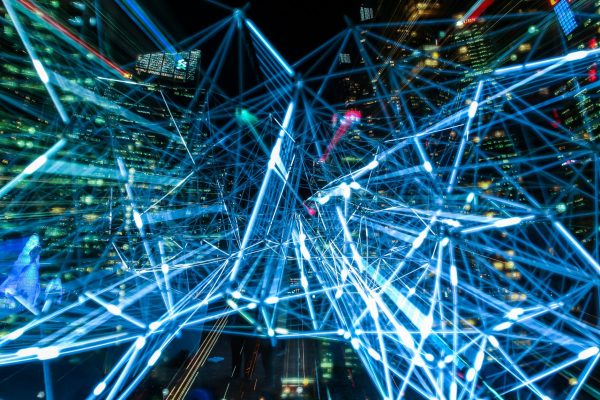

Law enforcement presence on the dark web continues to grow. Unfortunately, many agencies are still not in the position to effectively deal with criminal elements that leverage the highly anonymized structure of the dark web. De-anonymizing Tor networks can be slow and difficult to navigate, and criminal elements frequently switch their location on the dark web to avoid detection. The lack of actionable research about the dark web also affects law enforcement. Many governments and legislative agencies are still grappling with the concept, and there is no existing legislation honing in illegal activities on the dark web.
The volume and scope of criminal activities on the dark web also pose an issue for law enforcement. There are also too many websites and levels of criminal activities on the dark web, and resource-strapped law enforcement can only pick and choose which battles to fight. And even if the federal agencies do manage to shut down websites that sell stolen information, complete recovery of stolen data would be impossible. Once your data is out there, it has already been compromised and is no longer safe to use. Hackers usually duplicate valuable information that they’ve gathered multiple times and store them on various databases. You can expect that there would be more than one copy of your data in the hacker’s possession.
And you’ve probably wondered about this at least once, but law enforcement agencies cannot simply shut down the dark web. First of all, the dark web is not illegal and has a legitimate use for the public. The Tor network is also an intensely complicated network with servers spread out across the world. It would take a gargantuan effort to shut it down. Even if they succeed, people can use the servers to simply create new networks.
How to Find Out if You’ve Been Hacked
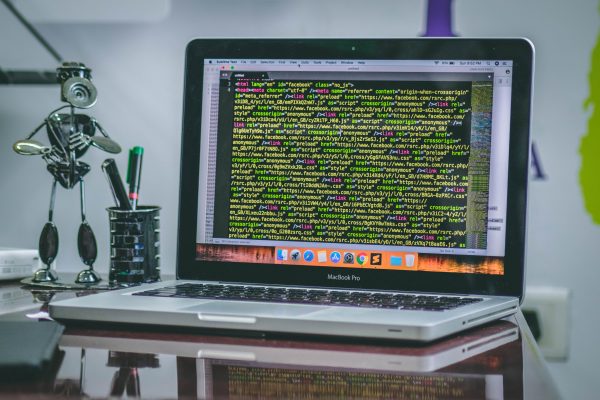

At this point, we might need to clarify the difference between identity theft and identity fraud. Identity theft in its simplest definition is when someone steals or copies your PII. Identity fraud occurs when that person commits fraud or illegally access accounts that don’t belong to them using your identity, mostly for financial gain. These two crimes are distinct from each other, but hackers often commit them hand in hand. Hackers usually have two options after successfully stealing data. They can either use the data to commit fraud themselves or post the data on the dark web in exchange for money. One thing is clear, though: your data can only be used for illicit gain once it is on the dark web.
Signs That You’ve Been Hacked
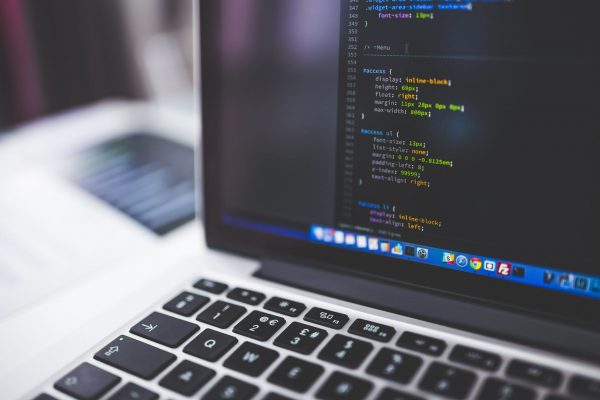

Have you ever tried logging into your account, only to find that your password was changed just a couple of hours ago? With the prevalence of cybercrimes, identity thefts, and identity frauds, we can’t stress the importance of having multiple methods to protect yourself enough. Identity fraud cases are a race against time. The earlier you find out about it, the better. Everyone should know the signs of hacking and what actions to take before any serious damage can be done.
Hackers use multiple entry points for stealing your private information, but the most common and easiest entry point is through malware. Hackers use specialized malware to do different things, depending on what they want to achieve. Trojans and rootkits copy your files while ransomware locks down your files in exchange for ransom. Other forms of malware simply delete your files or corrupt them to the point where they can’t be accessed. There are a few telltale signs of a malware-compromised device, which in turn serve as a potential warning that your data could be compromised.
Signs of Malware-Infected Systems and Compromised Data
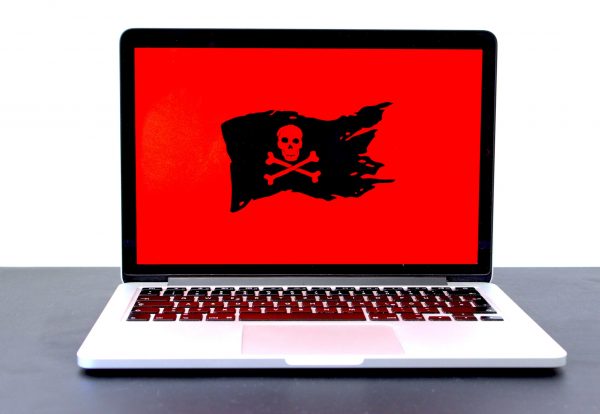

- Disappeared and corrupted files. If some of your files have gone missing or you can’t open a file, this could be a sign of a compromised device.
- You’re sending your contacts spam email. Getting a notification that you’ve been sending out spam to your friends is a major sign that your email has been hijacked. Spammers usually use hijacked email addresses when sending out spam emails to reach out to more email addresses.
- Your PC contains software you don’t remember installing. Potentially unwanted programs, also called PUPs, are malicious software that often contain malware. PUPs often arrive bundled with malware, and some even consider these programs to be malware in themselves.
- Your PC has slowed down significantly. A slow running computer is the most common symptom of malware infection. Your device may be infected with a virus if your operating systems and programs take longer to start up. Malware also tends to take up storage space, which leaves little room for other programs and files.
- You’ve noticed an unexplainable spike in your network activity. Malware are very similar to actual viruses that work double-time to harm your computer system, and the malware’s undisclosed activities may cause unexplained spikes in network traffic. Network usage spikes usually take place as a result of malware trying to mask malicious activities or malware attempts to force login to several devices.
Signs of Identity Fraud and Compromised Data
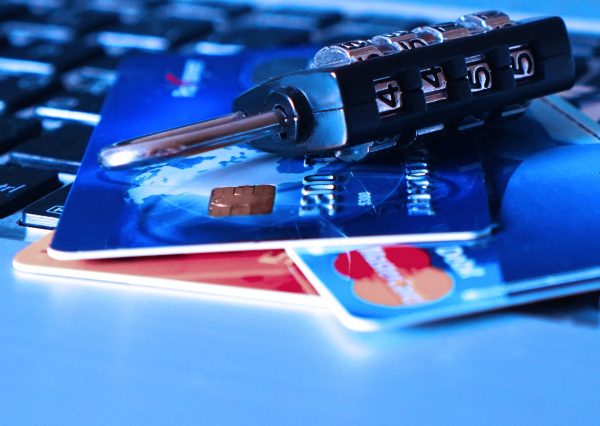

A small percentage of hackers carry out identity thefts for personal motives, but most of them carry it out for financial gain. For the majority of hackers, their primary objective is to gain access to financial services or your personal bank accounts. Once hackers have posted your data on the dark web, the next logical step is for buyers to use your data to try to get into your bank accounts. This is why it’s important to monitor your financial accounts and credit cards to watch out for potential signs of fraudulent activities.
The key here is to catch fraudulent activities as soon as they happen and before the hackers can bleed out your bank account or damage your credit scores. The federal government allows identity fraud victims to report their findings within sixty days at most to report unauthorized charges made through your account after the fact. Once you have sufficiently proven fraud, you can limit your liability to a maximum of $500. If you wait longer than sixty days to report fraudulent activity, you could be liable for all charges.
Red Flags to Look Out For
Here are some of the signs to look out for to indicate that someone else has taken over your accounts. Report your suspicions to local police, your bank, and the Internal Revenue Service (IRS). You may need to file an identity theft affidavit in the process, but catching the fraud early can help save your account from thievery and preserve your credit history.
Signs of Account Takeover and Fraud
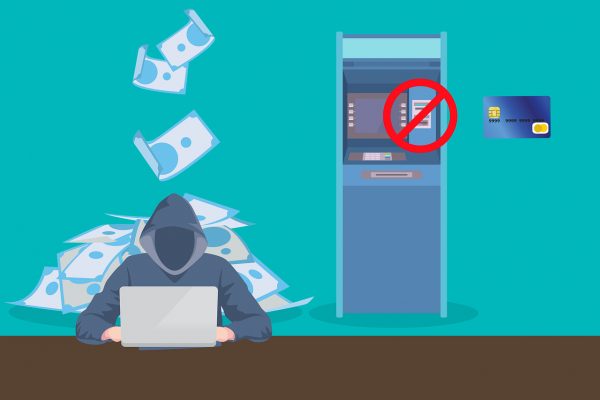

- Receiving new credit cards you didn’t sign up for. If you receive a credit card that you don’t remember signing up for, a hacker or third-party most likely signed up for it using your information.
- Experiencing a sudden drop in your credit rating. A high credit rating is a key factor for loan and credit card applications, and having your account hacked is an easy way to get your credit rating down in just a few months. If you experience a sudden drop in your credit rating by more than fifty points in a few months, this could be a sign that someone else has been using your account.
- Surprise bills for services you haven’t used and past due notices for products you didn’t buy. A glaring sign is if you get a call from your dentist or doctor’s office about a bill that you haven’t paid for a service that you didn’t get. Another is when you notice an unpaid due on your credit card that you didn’t make.
- Debt collectors soliciting payment for debts you didn’t make. If you suddenly receive a letter from a debt collector or bailiff regarding debts you didn’t make, someone else has been borrowing money in your name.
- The IRS informing you that more than one tax return was filed in your name. If someone gets their hands on your social security (SSS) number, they can file a tax return claiming a fraudulent refund. If the IRS informs you that it has received more than one tax return within the same tax year, your SSS number may be compromised.
- Sometimes hackers commit identity fraud in the simplest of means: by taking over your social media. If you get locked out of your social media or professional networking accounts or find posts on your account that you didn’t make, these are glaring signs that your account may have been hacked.
Safeguarding Your Data and Preventing Fraud
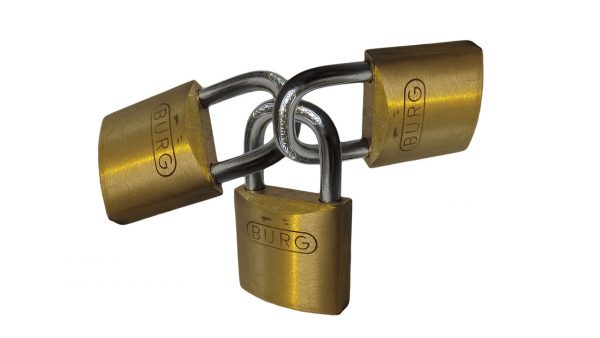

The theft of your personal data from your computer or from a remote server run by an organization with your details can have serious consequences on your financial stability and creditworthiness. Fortunately, there is an increasing number of options you can take to protect your private information. These methods aren’t perfect, but at the very least they can make it much harder for hackers to get into your account. And in case they do manage to get in, you’ll be able to catch them immediately. Lucky for you, there are a couple of methods that you can use to protect yourself from becoming a victim.
General Steps to Prevent Identity Theft and Fraud


- Follow the best practices when it comes to password management. Always use strong passwords that incorporate both characters and numbers. Change your passwords frequently and never share them with other people. Use a reliable password manager to manage and encrypt passwords that you use across multiple applications. Find yourself struggling to remember multiple passwords? It may be time to pick out a reliable password manager to help you out.
- Use antivirus and anti-malware software regularly. Antivirus software can scan your system for traces of malware and eliminate that threat accordingly. Most malware works in extremely stealthy ways, so you never know when your computer gets tracked. If you’re not sure which software to install, learn about the best antivirus brands available that track and eliminate malware from your devices.
- Safeguard your Wi-Fi network with the right VPN services. Most browsers and websites already have updated security features. However, these systems only concern the data that passes through the software and not on external applications. A VPN can encrypt data not just in your web browser but also in other apps to prevent malware from getting a glimpse of your data while on transit. VPNs also hide your IP address in the process. Set up your VPN with this ultimate guide.
- Be mindful of where you share personal information and with whom you share it. Most people don’t care about privacy when it comes to casual interactions and social media. But this complacency can lead to danger. Never share your personal information with people who ask for it for no legitimate reason. Be very discerning when it comes to conversations with people you don’t know well. Always think before you post and speak.
- Follow tried-and-tested cybersecurity practices and employ robust network security practices for work and organizational spaces.
Special Steps to Prevent Identity Theft and Fraud
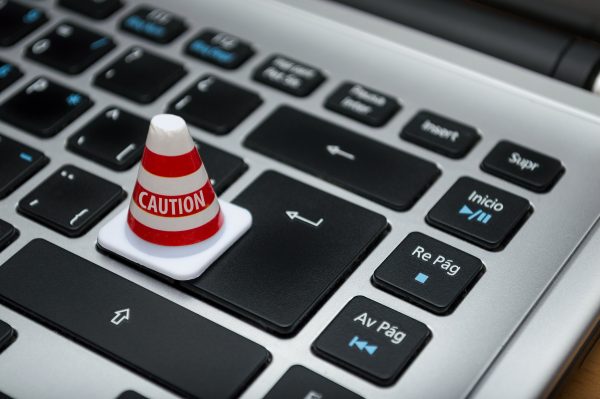

- Freeze your credit report. A credit freeze blocks access to your credit information and prevents creditors from accessing your credit history. Most creditors need your credit report to extend credit or open a new account. This should make it much harder for identity thieves to act behind your back.
- Sign up for credit monitoring services to stay updated on your financial status. Credit monitoring services track changes in your credit activity regularly. Examples of activities they track include if someone makes a large purchase or opens a new account using your details. The service also tracks credit reports and credit scores to scan for sudden changes. More advanced credit monitoring services even include the real-time scanning of the dark web by specialists.
- Check websites that provide comprehensive lists of compromised databases. Several websites exist mainly to keep track of data breaches that occur across the internet. The Have I Been Pawned website is the go-to site of most people for tracking incidents of data breaches around the world.
- Employ a dark web monitoring tool. Dark web monitoring tools actively scan the dark web for traces of your personal and financial information. Dark web monitoring tools also track highly erratic websites on the dark web. Some even go so far as to monitor restricted sites where your personal information could be sold.
Final Thoughts
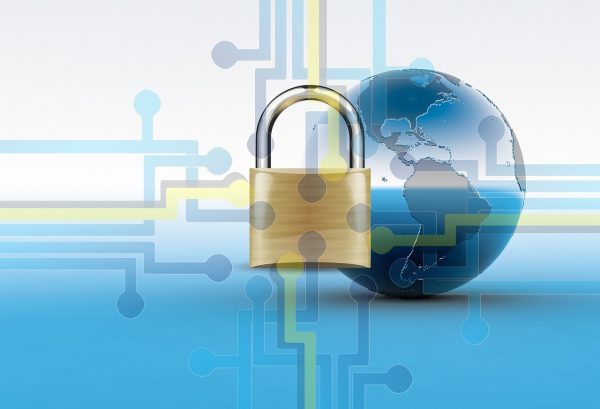

The dark web is a vast and mysterious space that embodies the ideals of market anarchism and libertarianism. The dark web has gained a negative reputation for being a haven for illegal activities. No one can dispute that criminal organizations are using this platform. However, it’s important to remember that this wasn’t the originally intended purpose. Criminal activities committed on the platform are not exclusive to the platform. The illegal activities on there are also present on the surface internet, albeit hidden from public view. All of these crimes had existed long before the dark web even existed.
There is little we can do to stop the influx of stolen data into the dark web. The good news? We still have various methods at our disposal to protect ourselves and make identity theft harder.











